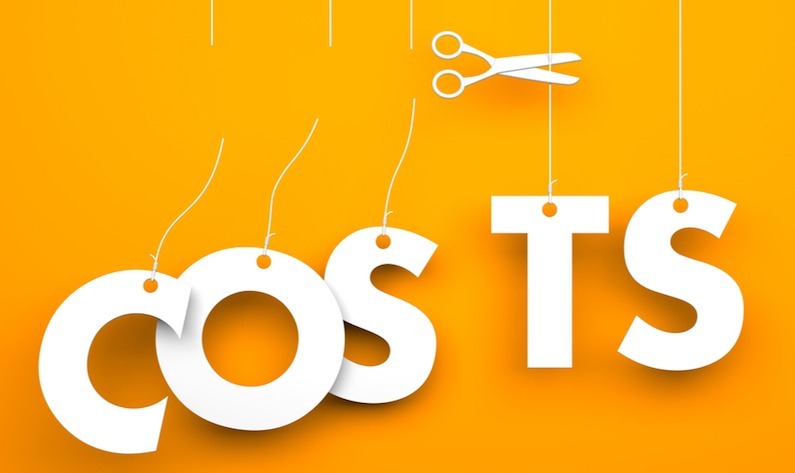Print is an essential part of business, but the costs can quickly add up. If left unchecked, unnecessary print costs can have a real effect on your bottom line. A print policy can help curb the costs to keep your company on track.
What is a Print Policy?
A print policy is a list of rules and guidelines that apply to your print environment. It can outline color printing policies, specify default print settings, and limit print for certain departments. By putting these rules in place, employees will know the expectations and be able to contribute to a more cost-efficient print environment.
In order for a print policy to be effective, you must communicate it to your employees and get them on board with your initiative. Monitoring the print environment can help you see if your print policy is working and provide feedback to your workers so they can see how they are helping the company by adhering to the policy.

Getting Started
There are many areas you can cut costs in printing. Consider addressing these common issues in your print policy:
- Color printing – Color costs more than black and white, but is often unnecessary. Consider restricting color printing to only the departments that need it, or for specific types of jobs.
- Print volume – Different departments have different print needs; while some may rely heavily on print, others may only need to print sporadically. Setting volume limits based on departmental needs can help reduce unnecessary printing.
- Default settings – Often times printing is done without any changes to the default settings. By changing your defaults to black and white double-sided printing, you can save money and resources. Employees who need other settings can take the time to change them for specific jobs.
- Buying strategy – Many small businesses make the mistake of buying printers on an as-needed basis. This can balloon your costs unintentionally. Printers should be purchased strategically, and a plan should be in place before you find yourself needing to purchase new equipment.
- Printer servicing – Troubleshooting and emergency servicing can cost your company significantly. A Managed Print Services provider can help you save on these costs.
The cost of office print is made up of many expenses from the equipment itself to supplies and electricity. Putting a print plan in place can help reduce all of these costs, keeping your print environment well-managed and efficient.
To help you get started, download our FREE Office Print Policy Guide full of best practices you can use to take control of your office printing activities to save money and the environment!


